In deepest darkest Cornwall, within the enchanting fishing harbour of Boscastle, you’ll find a museum with a difference — the Museum of Witchcraft and Magic. This museum explores magical practice, making comparisons with other systems of belief, from ancient times to the present day, and is home to the world’s oldest and largest collection of items relating to witchcraft, magic and the occult.
In 2021, the museum will celebrate its 70th anniversary. Rough Trade Books are working with the museum’s director, Mr Simon Costin — who also happens to be fashion’s leading set designer, as well as the founder of the Museum of British Folklore — on a celebratory publication for the occasion.
Especially for Caught by the River, Nina Hervé from Rough Trade Books has asked Simon Costin a few questions about the museum and his practice in the world of witchcraft and magic.
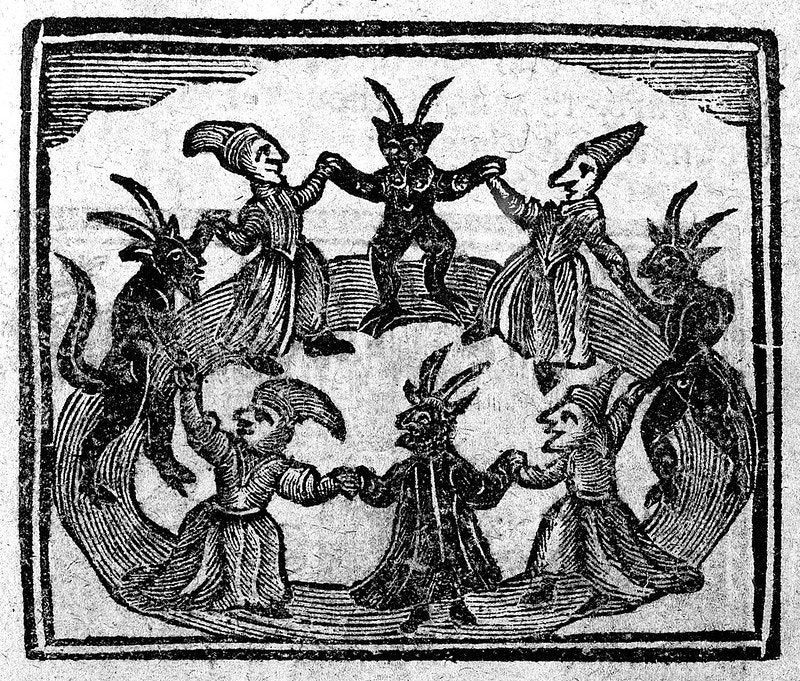
Simon, I just wanted to ask you how you got into the world of witchcraft and how you ended up being involved with the museum in the first place?
It’s a very hard thing to describe why, as a child, we are drawn to particular things. Some children draw pictures of gardens with flowers, animals or dinosaurs, aeroplanes or cars. I drew pictures of witches and monsters. My bookshelves were lined with the whole series of Armada and Fontana Ghost stories, Susan Cooper’s The Dark is Rising series, everything by Alan Garner and then later the classics, Edgar Allen Poe, H.P. Lovecraft, Washington Irving, Mary Shelley, Bram Stoker, Shirley Jackson and Anne Rice. This abiding interest in the occult, coupled with my obsession for museums, led to my seeking out any esoteric collections that might be available to view. I had been to the Pitt Rivers in Oxford on a school trip and pawed over the cases of charms and talismans and then someone mentioned a museum in Cornwall… Lacking a car and not being able to drive, it had always seemed too remote to reach however. Then one day in the spring of 2004 I was at home watching the news and the reports of a catastrophic flash flood which had taken place earlier. I watched the ruination with horror. Trauma often prompts action; I sent a donation to the museum emergency fund but knew there must be more I could do to help. A friend of mine, Jane Wildgoose, had recently introduced me to John Furlong, then Head of Administration for the Public Engagement Group of the South Kensington museums. John mentioned to me that the Geology Museum in London was decommissioning some lovely old mahogany display cases. I put in a call, went to a warehouse in Wandsworth, measured and photographed the cases and sent everything to Graham in Cornwall. Within a few weeks Graham had sorted out a van and arrived in London to meet me and collect it all. With his usual sense of invention, he cleverly dismantled the cases and put everything back together in Boscastle to fit the spaces inside the museum where the ground floor cases had been destroyed. The whole ground floor was given a complete makeover and at the end of March 2005 the museum re-opened once again.
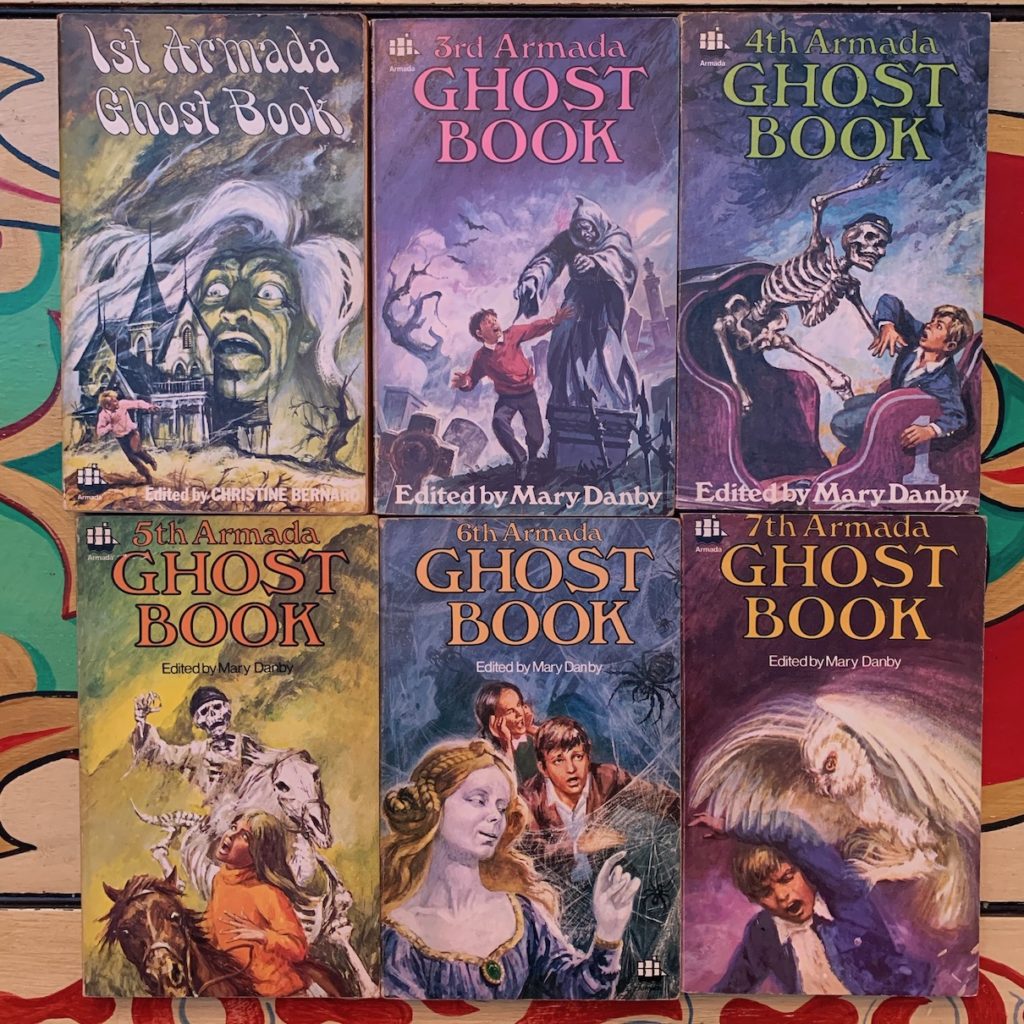
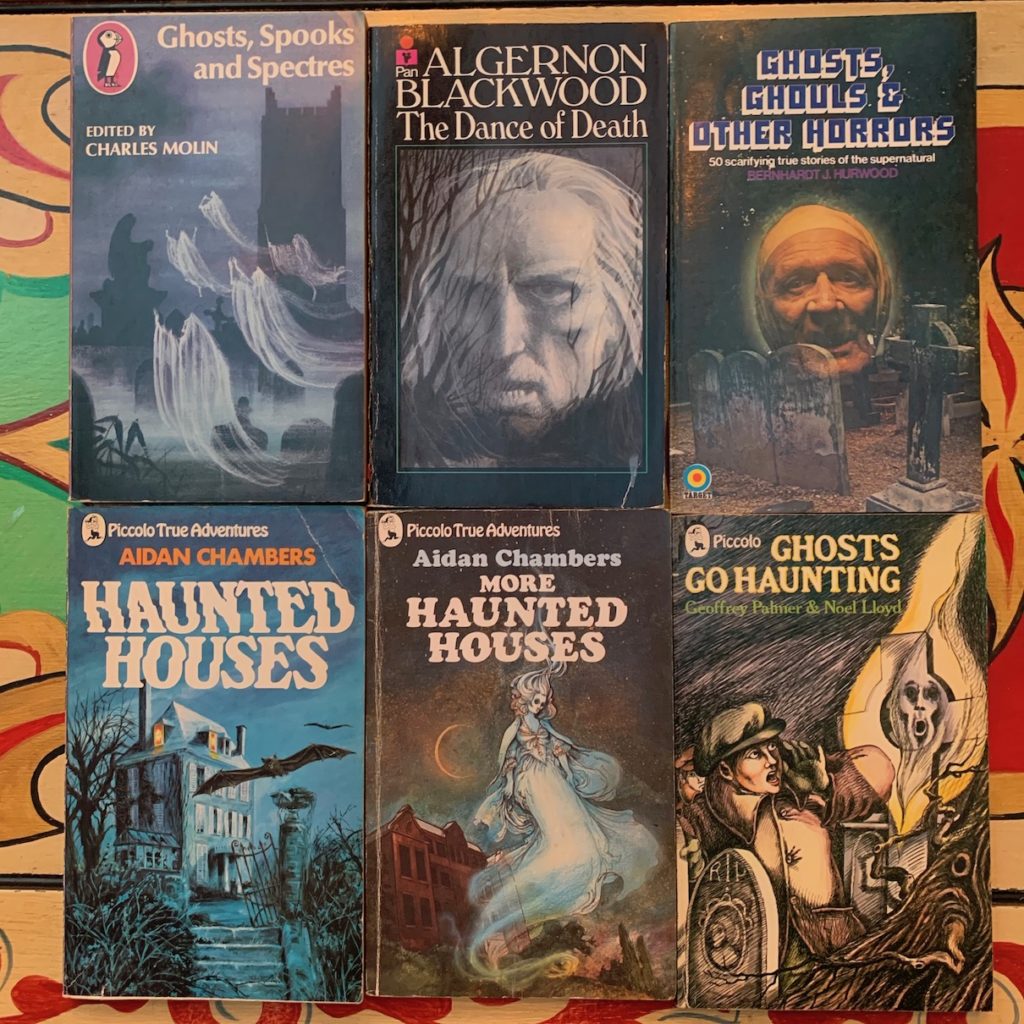
I first visited Boscastle on a grey stormy day in April of 2005. Graham was able to collect me from Bodmin Parkway station. As you leave Camelford and pass Slaughter Bridge, the first dramatic view you get of the village, spread out beneath you, never fails to make the heart leap. Then, as you descend into the valley, mobile signals fade and you enter the liminal space between land and sea. It truly is a magical landscape.
I was totally smitten by the museum. As someone who has been involved in various forms of magical practice for most of my life, and as a person who collects and responds deeply to objects and museums, that first visit was totally overwhelming. So many encounters with so many wondrous objects. One of the many things I like about museums is the way they can make rare things available to many. And here were so many rare things. By rare I don’t mean objects made from precious materials, I mean objects that we rarely get to see: scrying crystals, a magical practitioner’s working tools, human skulls bound in iron, mandrakes, a bird trapped in wax and used as a curse, blasting rods, ceremonial gowns, pinned poppets and mole’s feet charms. Here were the untold stories of Britain’s rich magical heritage, showing that it is as alive now as it has always been. As a repository of occult knowledge, I suspect that the museum is unsurpassed.
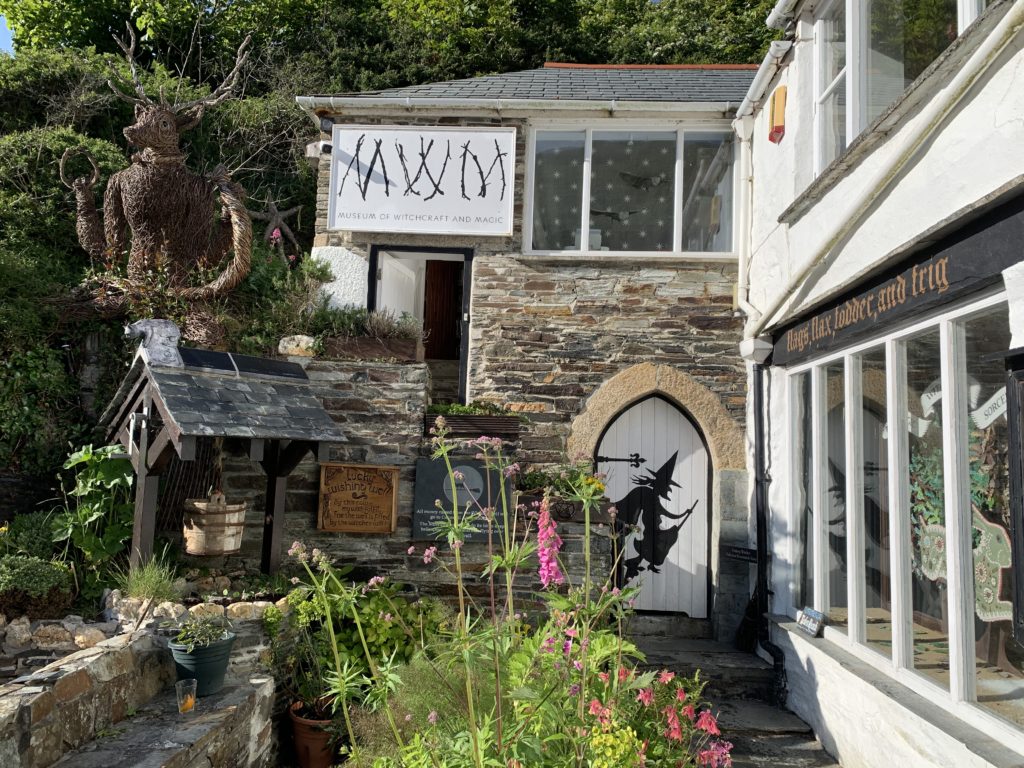
The Museum has had a few locations over the years. Why do you think the museum has been embraced by the residents of Boscastle and has survived in this place for 60 years?
There are possibly a number of reasons as to why the museum has survived for so long in Boscastle. By the time the museum opened here in 1960, attitudes may have softened slightly, and the Witchcraft Act was repealed in 1951. The 60s saw an explosion of interest in the occult and while Cornwall would not necessarily be thought of as being at the forefront of that, it has long had a connection to the arts and magical practice. It is also riddled with folklore, much like the rest of the UK. Prior to arriving in Boscastle the museum had resided in Stratford-on-Avon for a short time in an army-built fire station and opened in 1947, set up by a man called Cecil Williamson. The local church folk however did not take kindly to the museum and Cecil was later to say that, “It did teach me one thing, that Christianity and persecution go together like a horse and carriage. So the years roll on, and the attacks continue and keep me company.” Not for the first time, Cecil and his wife Gwen packed up and left. Finding a ruined mill, along with some outbuildings on the Isle of Man, a reimagined museum opened its doors in 1951. He had met a man called Gerald Gardner, a few years before in London and together they worked to display their large collections of witchcraft and occult related objects. Gardner had published his first book in 1949, High Magic’s Aid and became the resident witch at the museum and would go on to become the founding father of a new religion — Wicca. For a number of reasons, the two men ended up falling out and Cecil sold the museum to Gardner in 1954 and moved to the mainland. After Stratford-on-Avon, the museum ended up in Windsor, followed by Bourton-on-the-Water where the reaction to the museum was the worst yet. The Christian community were so concerned that they set up a picket outside with ‘Satan’s House’ placards. Of course, this only helped to pique people’s curiosity even further and door takings were good. The intimidation continued however, and a dead cat was strung up outside the door. Next came an arson attack, which damaged part of the building.
Cecil’s days were numbered but not in the way the local vicar’s were. He refused to give Cecil’s housekeeper communion and even went so far as to spread further hatred by preaching against him at a Sunday service. Within 21 days the vicar was dead. I can only imagine the uproar this must have caused within the church community. Whilst Cecil never declared that he was responsible, he was quoted as saying that, under pressure, the only weapons at his disposal were, “Time, silence, single combat or magic”.
Having bought a cottage in Polperro, Cornwall, Cecil started to look around and came across the pretty village of Boscastle, and the rest, as they say, is history.
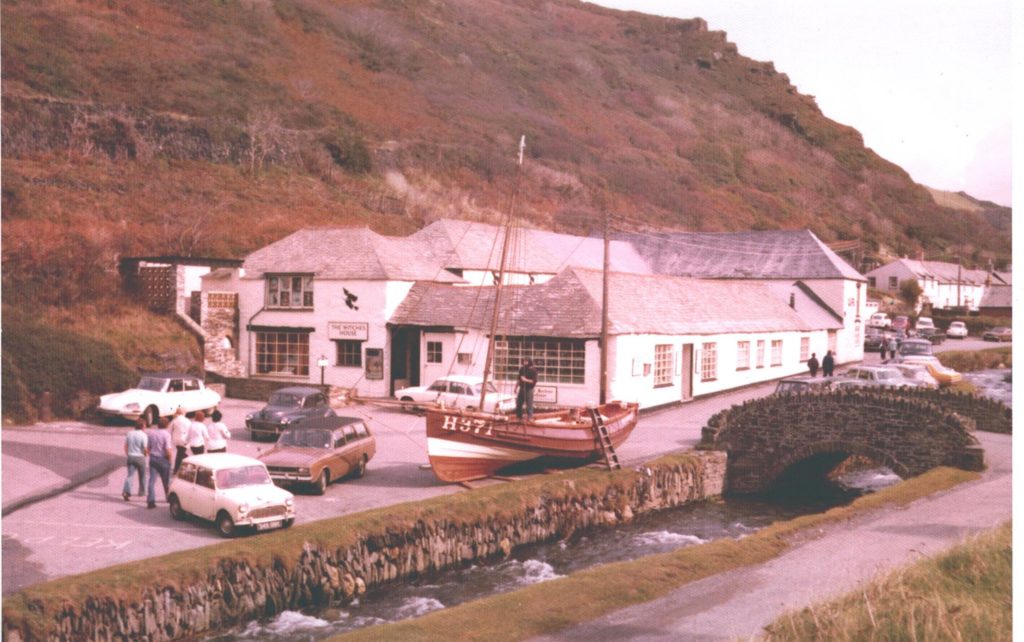
This is a question that relates specifically to the folks at Caught by the River really, do you think there’s a direct link between the history and practice of magic and our relationship with the natural world?
One of Cecil’s main interests became the magic practices of the ‘Wayside Witch’. Those who practiced a form of folk magic and who would have been known as ‘Pellars’ or ‘Cunning Folk’. These people worked closely with the seasonal changes of the year, being well-versed in herbalism, the phases of the moon and knowledge of the winds and tides. They would not however, have thought of themselves as witches, although they may have been accused of being one.
I’ve just bought a copy of The Treadwell’s Book of Plant Magic and was wondering if perhaps you use some of the flora and fauna in the surrounding area in Boscastle in your practice?
I’m sadly not versed in herbalism at all, although I know several people in the area who are and find an abundance of wild plants around and about.
Do you have any favourite objects from the collection and are there any unusual stories connected to the objects and how the museum acquired them?
One of the differences between this museum and many others is the fact that so many of the objects have been used within some form of ritual practice. This means that many of our artefacts are still felt to be ‘fizzing’ in their own way, having been magically charged over many years. One of the many strange things that have happened here are the amount of people who have a very strong reaction to certain objects, some of whom have said that items of jewellery have broken whilst looking at things, most often the poppets in the curses section. Rings fall from fingers and chains snap and fall from necks.
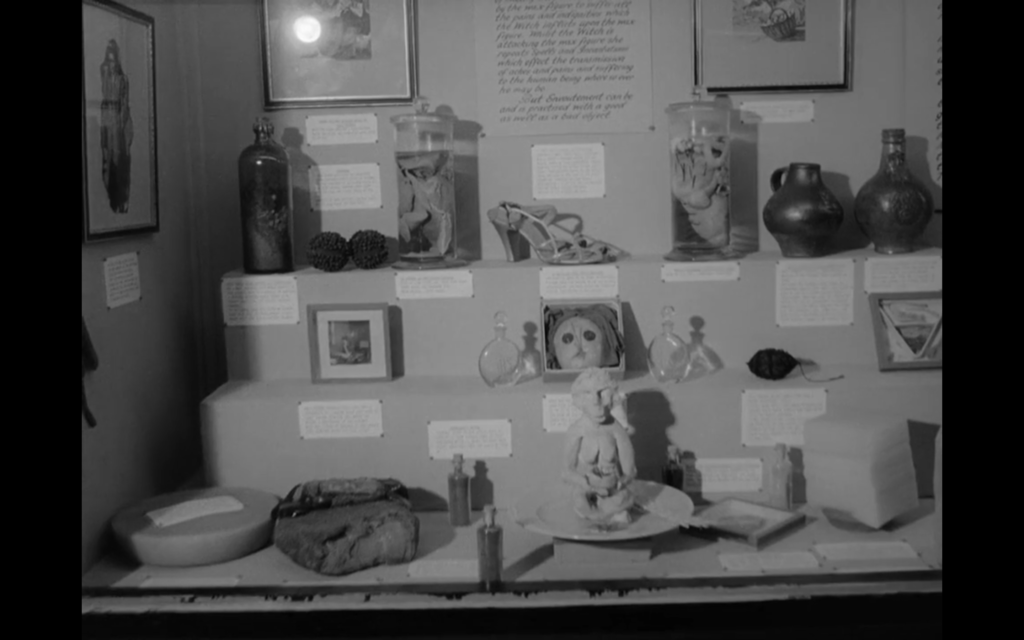
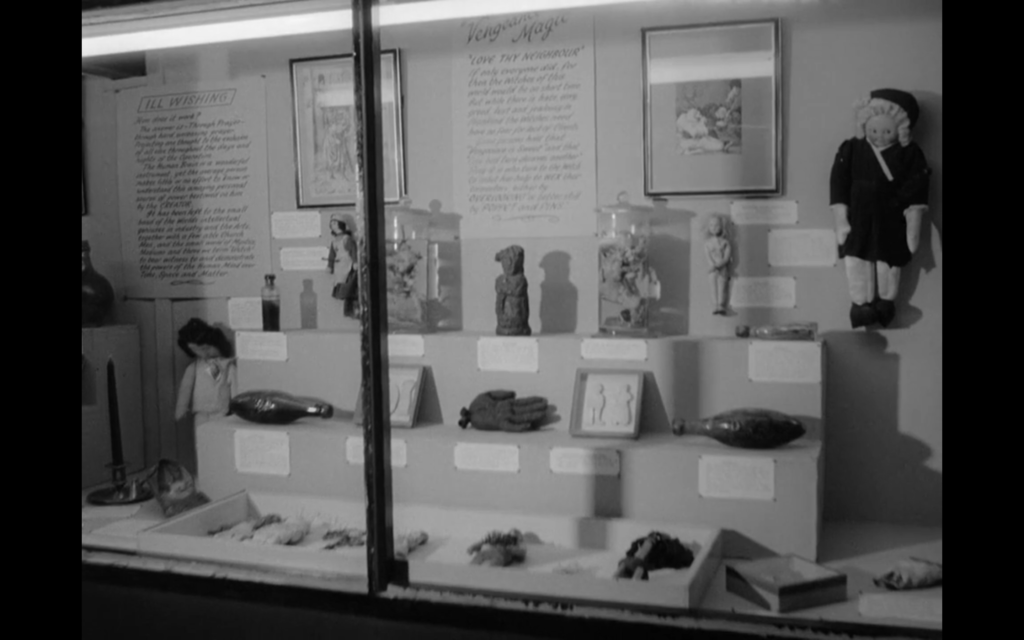
Are there items within the collection that you use personally in your practice?
The objects within the museum need to be conserved as well as possible, so it would be foolish and irresponsible to remove them from their cases for magical use. I do however possess a large amount of personal artefacts which are often employed within my own magical practice and I would hope that when the time comes, they may well end up in the museum with descriptions as to how they were used and created.
With the temporary closure of the museum during lockdown and the continued social distancing guidance to prevent the spread of Covid, how is the museum surviving at the moment?
2020 has seen the museum unable to open due to the Covid-19 pandemic. Even though some other larger museums can now open, at the time of writing, we are unable to comply with many of the restrictions due to the narrow sizes of some of our corridors, which make social distancing virtually impossible. Also, much of the refurbishment work that was started at the beginning of the year had to stop and has yet to be completed.
After discussion with the staff we decided that we will remain closed for the year and look to reopen, as we would normally in April 2021, with an online ticketing booking system in place and restricted entry. In order to keep afloat we have utilised out substantial Instagram following to advertise items available from our online shop, created the museum’s first ever ‘zine’, which sold out in 17 minutes, and have a number of other projects in the pipeline, including a crowdfunding campaign to be launched later in the year. Should the campaign go well it will go towards helping us get through the winter months. Subscriptions to the zine will also become available soon too. We have been asking people associated with the museum to name their 5 favourite museum objects and have set up a YouTube channel where each person chats about their choices.
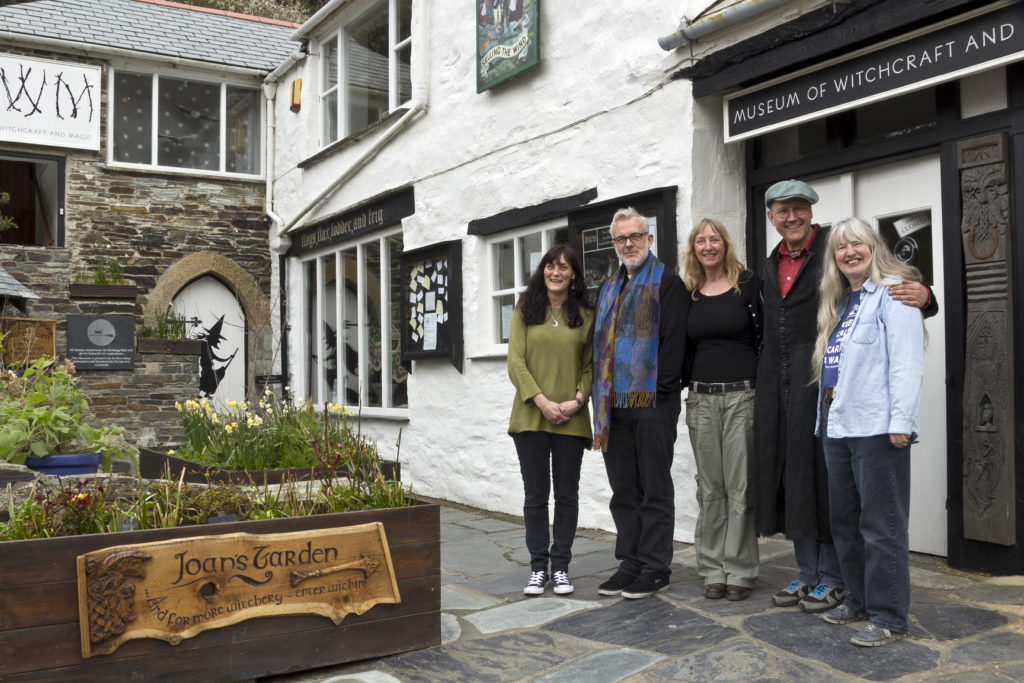
As well as our collaborative publication, what else do you have planned for the 70th anniversary of the museum next year?
Due to the ongoing global pandemic, it is hard for us to be able to plan anything. We are however working with yourself at Rough Trade Books on a 70th anniversary booklet and also with Sin Eater Illustrations to produce a special poster. We may launch an autumn conference in London next year, which may or may not be online, depending on the Covid-19 situation.
*
If you can’t wait until next year, fear not. Published in association with the Museum of Witchcraft and Magic, the latest series of Rough Trade Editions seek dialogue with the culture and folklore of magical practice. Through hallucinatory fiction, illustration, a deeply personal essay and the fates, a range of artists have collaborated to create new works that take their shape from the fascinating, alternative history of the museum. Good news is, these brand new titles can be ordered now from roughtradebooks.com…
We also have a set of the new RTB X MWM Editions to give away on this week’s Caught by the River newsletter, which goes out on Friday. Make sure you’re signed up to the mailing list before then (you can do so using the box on the top right of this page) for details of how to enter.